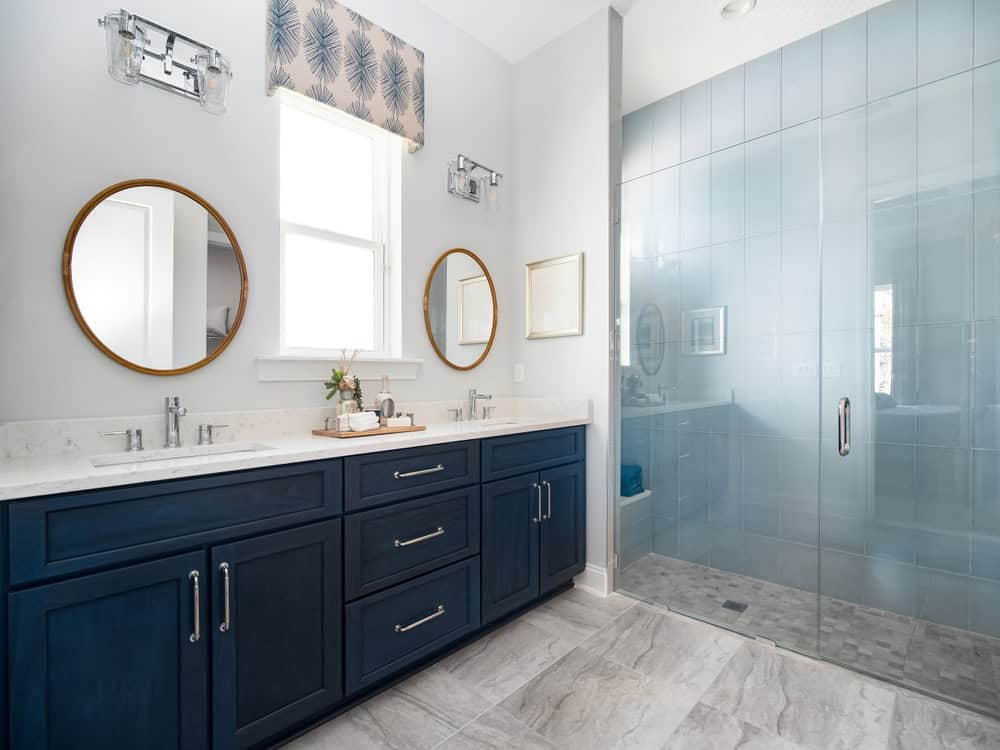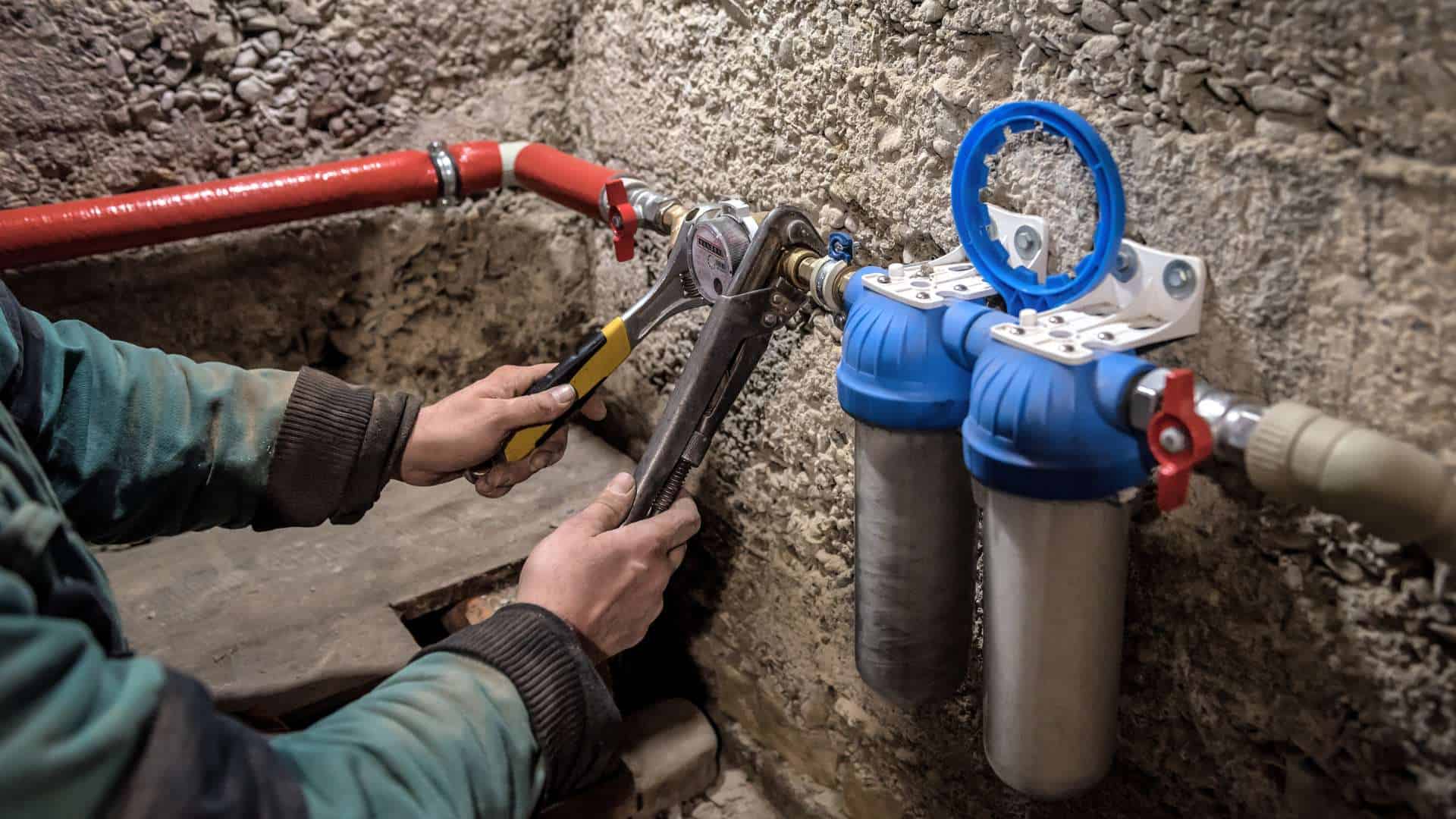Flush with success
Among a plumber’s responsibilities is installing and maintaining piping systems in buildings. Additionally, he or she is responsible for maintaining and modifying toilets and sinks.
Any building should have a proper plumbing system and should not be overlooked when construction begins. Plumbers install water and cooling or heating systems in homes and businesses. An efficient and safe system should be planned carefully in a building.
Repairing and maintaining plumbing systems in a building are often the responsibility of plumbing professionals. Plumbing professionals may also install sewage treatment systems and a toilet or sink. The equipment is usually hidden or unnoticeable, and there are different types.
For more complex jobs, specialized tools are required, and some tools are used for complex projects. In fact, some plumbers have an extensive tool collection. In order to save time and money, it is essential to hire a professional.
Plumbing can be just as important to the health and cleanliness of a building as oxygen is for the body. The system in commercial buildings must adhere to strict health and sanitation regulations. A commercial building has more complex systems than a home, where there are fewer occupants.
Due to this, commercial buildings should have different fixtures and a drainage system that drains quickly and easily. During the construction of a commercial building, plumbing is an essential part of the project. If you’re in need of a plumbing company call Joe Sampson today.




